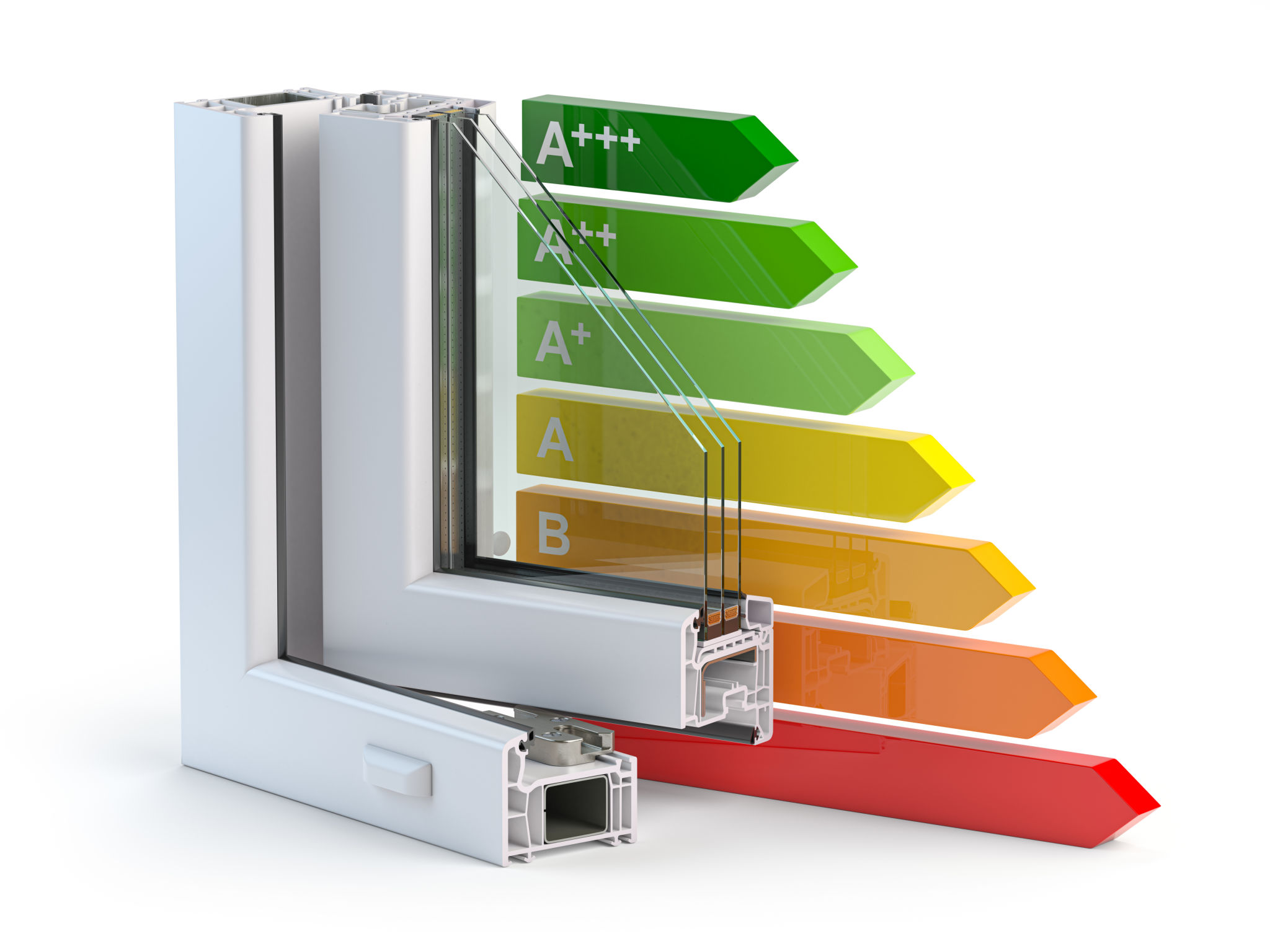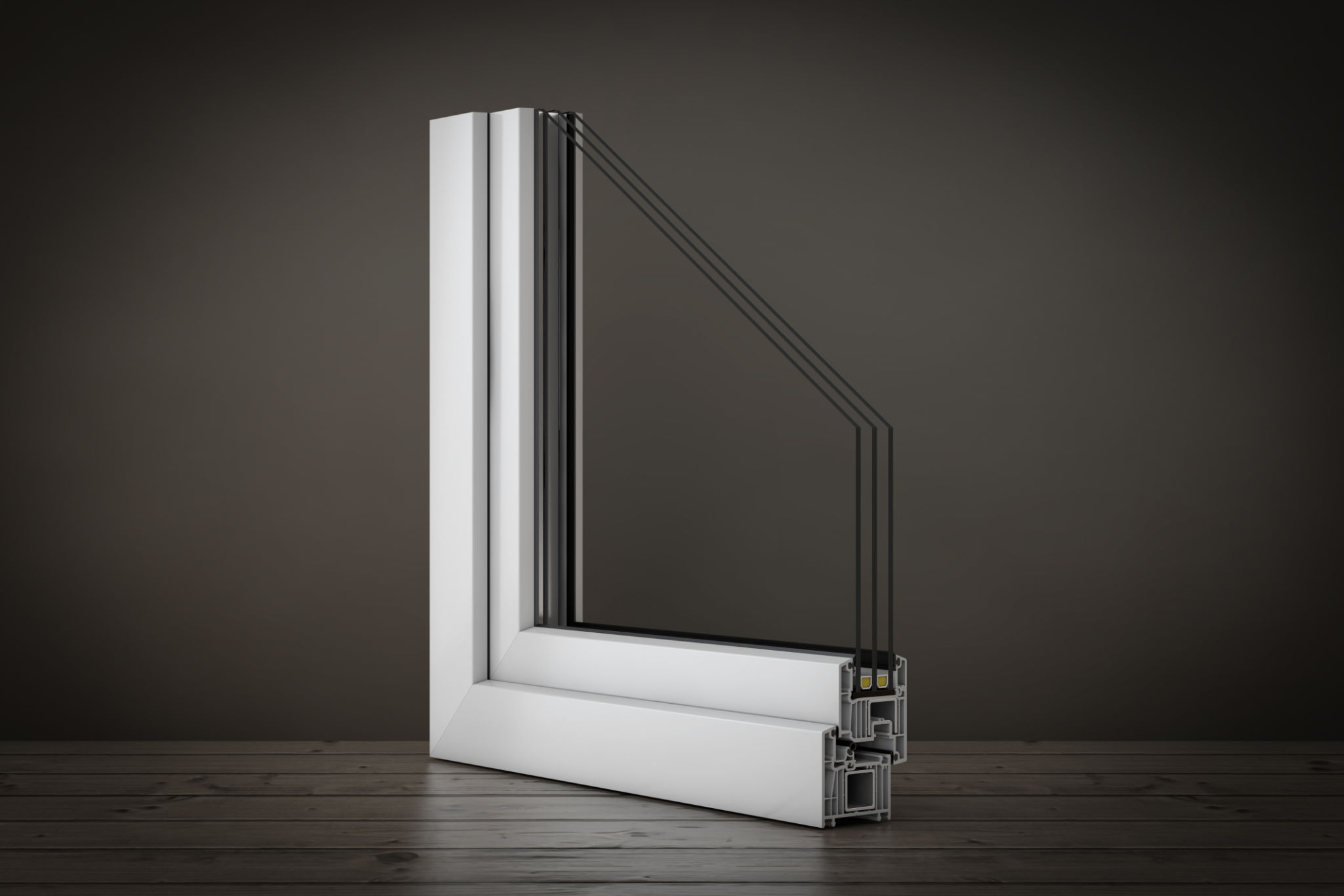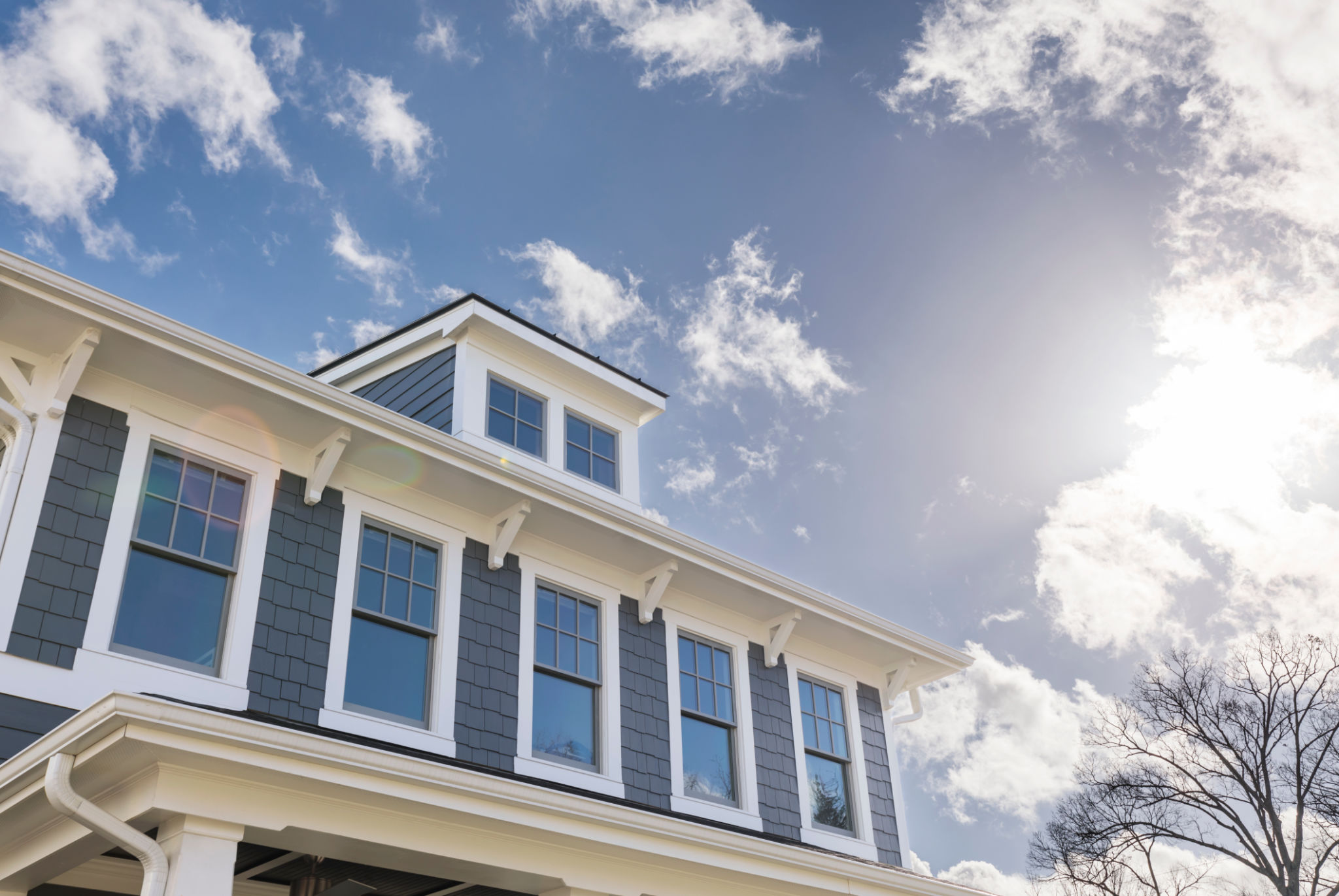The Ultimate Buyer’s Guide to Energy-Efficient Windows
Introduction to Energy-Efficient Windows
In today's environmentally conscious world, energy-efficient windows have become a popular choice for homeowners. They not only help reduce the carbon footprint but also significantly cut down on energy bills. Whether you're renovating or building a new home, selecting the right windows can make a remarkable difference in comfort and energy savings.

Understanding Energy Ratings
When shopping for energy-efficient windows, it's crucial to understand the different energy ratings. The most common rating systems include the U-factor, Solar Heat Gain Coefficient (SHGC), and Visible Transmittance (VT). The U-factor measures the window's insulation capability, while SHGC indicates how much solar radiation is admitted. VT determines the amount of visible light the window allows through. Look for windows with low U-factor and SHGC, and appropriate VT for your needs.
U-Factor
The U-factor measures how well a window prevents heat from escaping. The lower the U-factor, the better the window is at insulating your home. This is especially important in colder climates where retaining heat is a priority.
Solar Heat Gain Coefficient (SHGC)
SHGC measures how much solar radiation passes through the window. A lower SHGC is ideal for hot climates, as it means less heat will enter your home. In contrast, a higher SHGC can be beneficial in colder regions to maximize warmth from the sun.

Materials Matter
Energy-efficient windows come in various materials, each offering unique benefits. Common materials include vinyl, wood, fiberglass, and aluminum. Vinyl and fiberglass are known for their excellent insulation properties and low maintenance needs. Wood provides natural aesthetics but requires regular upkeep to maintain its efficiency. Aluminum is durable but less efficient due to its conductivity.
Vinyl Windows
Vinyl windows are popular due to their affordability, durability, and energy efficiency. They offer excellent thermal performance and require minimal maintenance.
Wood Windows
While wood windows provide a classic look, they need regular maintenance to protect against moisture and decay. However, they offer excellent insulation when properly maintained.

Advanced Features to Consider
Modern energy-efficient windows come with advanced features that enhance their performance. Double or triple glazing, low-emissivity (Low-E) coatings, and gas fills like argon or krypton are some innovations that can significantly impact energy savings. These features work together to improve insulation and reduce heat transfer.
Low-E Coatings
Low-E coatings are thin layers applied to the glass surface to reflect infrared light, keeping heat inside during winter and outside during summer. This improves comfort and reduces energy usage.
Gas Fills
Filling the space between glazing layers with argon or krypton gas enhances insulation. These gases are denser than air, reducing heat transfer and improving overall window efficiency.

Choosing the Right Style
The design and style of your windows also play a role in energy efficiency. Consider options like casement windows, which seal tightly when closed, or double-hung windows, which provide flexibility in ventilation but may not seal as tightly. Match your window style with your climate and personal preferences.
By considering these factors and understanding the available options, you can make an informed decision on energy-efficient windows that will benefit both your home and the environment. Investing in quality windows not only enhances comfort but also contributes to significant long-term savings on energy bills.
